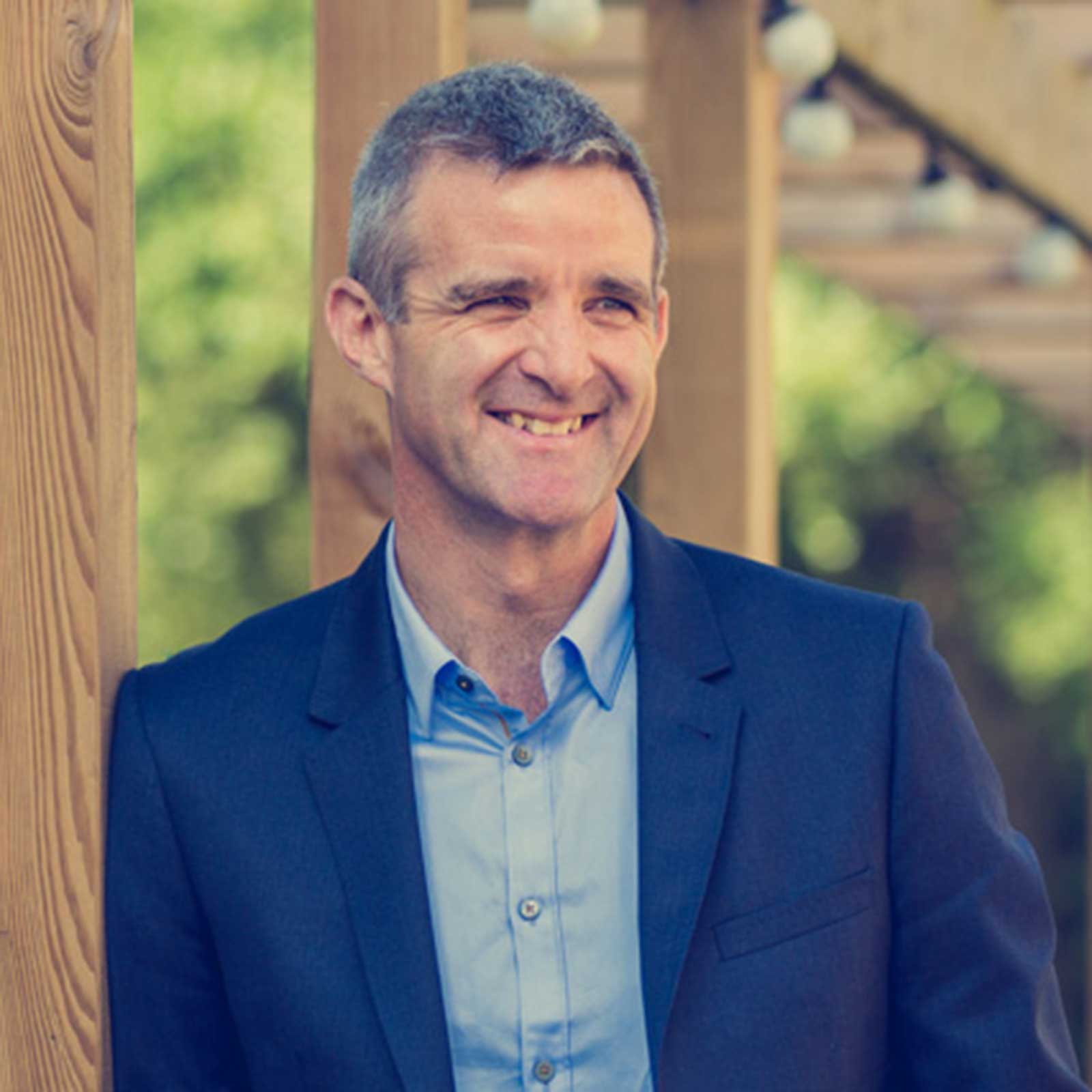We’re now well into the year and we’re rapidly heading towards the spring. So, what better time to take a step back and think about the bigger picture.
How’s 2020 shaping up for you? Do you know which direction you want to take the business this year? Are you making progress? Are you sure?
But arguably more importantly, have you made sure your staff are part of what you’re trying to achieve?
Have you set out your mission, vision and strategy for the year?
Articles about missions, visions and strategies have been done to death, we know that, but we still find clients who think they are clear about what the terms mean but if challenged might not be quite right about the definitions. So let’s just take a moment to clarify what we mean when we refer to these things.
In this context, when we say mission, we’re talking about your ‘constant purpose’ or your reason for being. By vision we mean where you want to be; where you see yourselves over the coming years – what it will look like. And your strategy? That’s the how you believe you’ll get there.
Obviously, this is a simplified view, but we find it interesting how many business leaders we meet believe that creation of their mission, vision and strategy is simple. They just need to put them down on paper, discuss them with the senior team and maybe even communicate them to the rest of the organisation, and that’s it – job done.
It’s easy to see how this can happen, but these concepts can often be a bit ‘blue sky’; and they can come across as irrelevant to those on the ground doing the day to day work.
Why strategy should never be simply a boardroom thing
Let’s pretend we’re flies on the wall of a senior management meeting.
The CEO and senior team are discussing their vision for 2020, the issues they’ve come up against during the last year and how they feel things need to change to improve matters. One area suggested for improvement is customer service. They say, “Our strategy is to improve customer service this year.” “Great, that’s that then.” “Let’s do it.”
But 12 months down the line very little has changed. Why?
Because ‘improving customer service’ in itself doesn’t mean anything. It’s not specific enough, and it isn’t clear what actually needs to change throughout the organisation.
To meet almost any goal you set in an organisation, every member of staff needs to be invested in the change and should understand how they themselves can make a difference. What do people actually have to do ?
Consider this scenario.
Someone phones to make a complaint but they accidentally go through to the accounts department. If no-one has communicated why handling customer complaints is important, and no connection to the ‘strategy’ of improving customer service has been given, the accounts clerk might well just say, “sorry you’ve come through to accounts,” or at best, “let me put you through,” followed by a failed attempt at sending the caller to the right area. Not great for resolving the problem, right?
If instead the accounts clerk made the complainant feel like they mattered from the moment they answered the phone, wouldn’t the outcome of the complaint likely be better? If the accounts clerk took a few details down in case they lost the caller, put them on hold while they contacted the correct department, gave the complaints handler a precis of the situation and prepped them for the call, then passed the caller directly to a named person. Would that not make them feel more important? Would that not begin to repair some of the relationship before the complaint has even been discussed?
The difference between a strategy that says, ‘we want to get better at customer service,’ and one that actually means you get better at customer service, is the specifics. It’s the meaningful, definitive actions, from everybody in the organisation, that move you towards that goal.

How to create a strategy that’s relevant to everyone
As we often say, there’s no use having a map if you don’t know where you are now. So the first step in working out your strategy, is finding your start point.
Talk about things in simple terms, asking questions such as where are we now? Where are we going? And how are we going to get there? Use these on the areas you are concerned about. The conversation then becomes a much more accessible one for people of all levels in the organisation. It becomes something that everyone can become involved in and take ownership of. And that’s a powerful thing.
What’s more, if done right, this can help to distinguish you from even your closest competitors.
When you’re working out which areas you want to focus on strategy-wise, look at the things that already make you stand out from others. Take each one in turn, consider it and give yourselves a score out of ten. And then, and this is the crucial bit, decide where you need to be. Then work out what you would need to do to get your score up to it. Think in terms of specific actions as we discussed above.
Once upon a time if you asked someone in the supermarket where the pickle was, they’d have said “aisle four” and waved their hand in a direction vaguely pertaining to aisle four…if you were lucky.
Then one day someone sat down and thought about it, “If we want to be better at customer service, we need to actively demonstrate this to consumers. Let’s ask our assistants to actually take the customer to the pickle.”
And do you know what? Not only did this help with ratings of perceived customer service, but it did something else too. It made sure that the customer found and bought the pickle, it offered a way to engage with the customer and check if they needed anything else. This came from someone not just saying, “We need to be good at customer service,” but actually finding a way to demonstrate this and the people on the ground knowing what they had to do, specifically to impact it.
Ultimately, just having a strategy is not enough. As we often say, it’s not the knowing that’s difficult, it’s the doing. You need to be specific about HOW you will achieve whatever it is you’ve decided you want to achieve. And then share that with everyone in the organisation in a way that will make sense to them all.
Because everyone has a part to play. And if they don’t know that, you’re far less likely to succeed.
